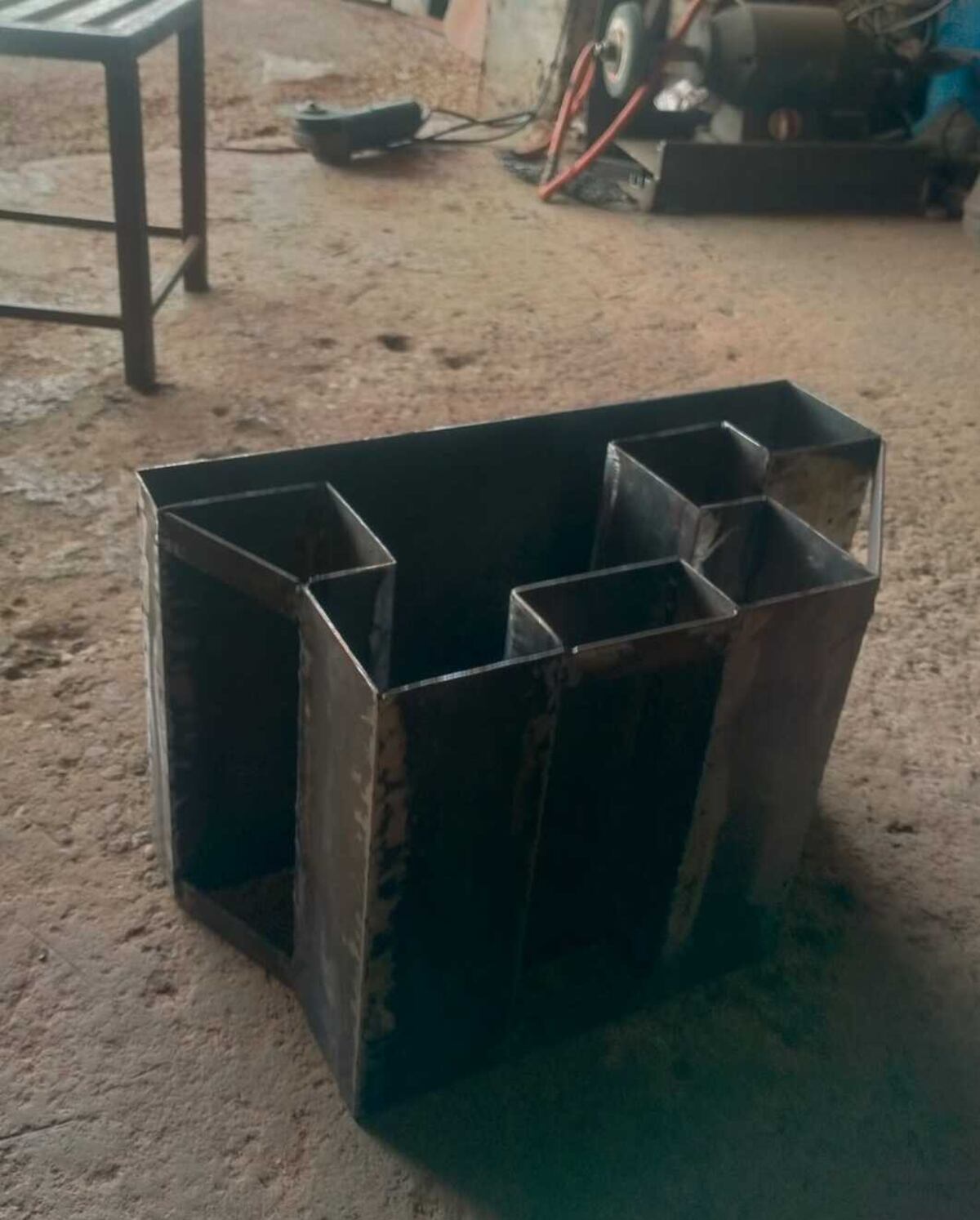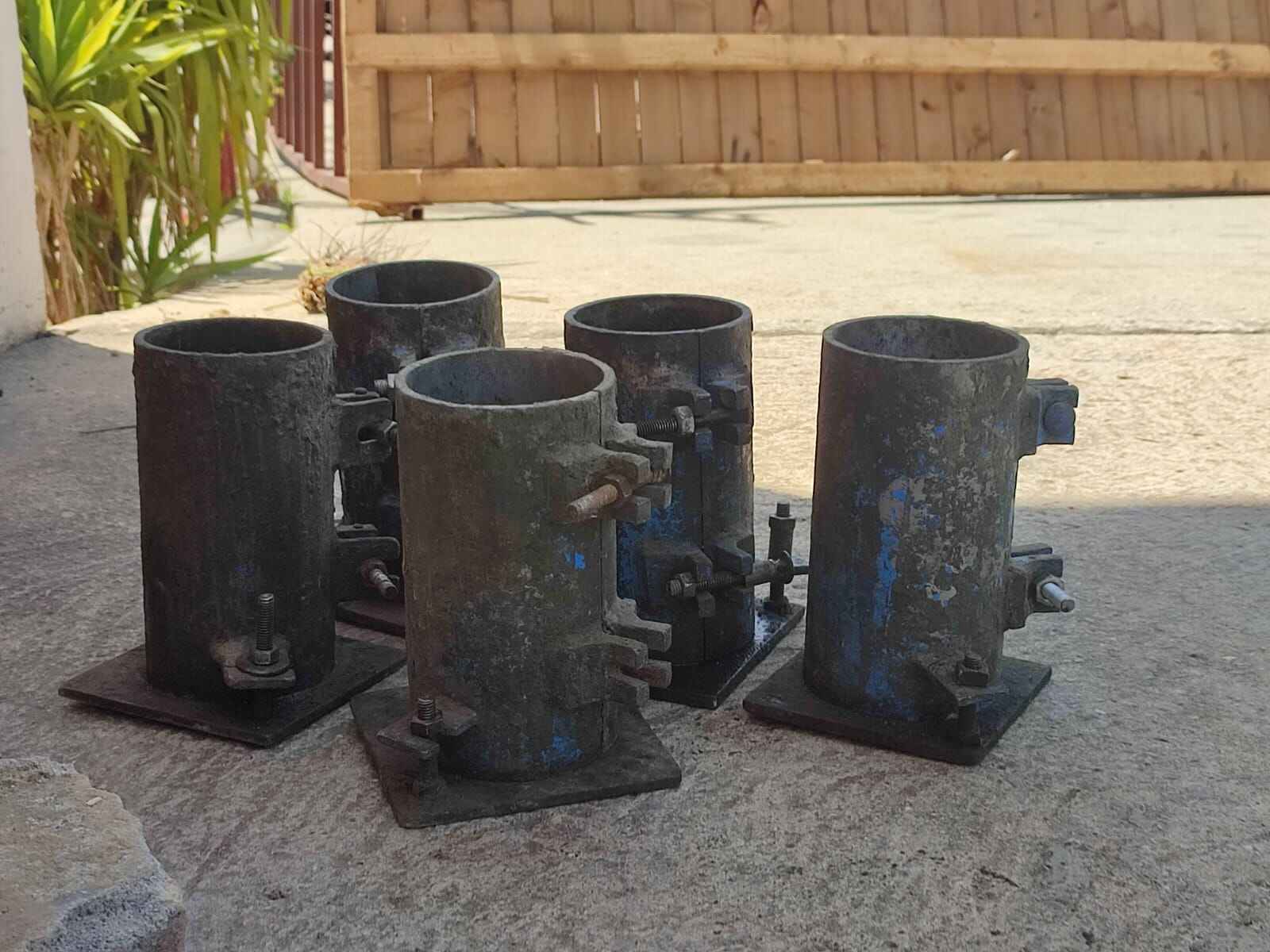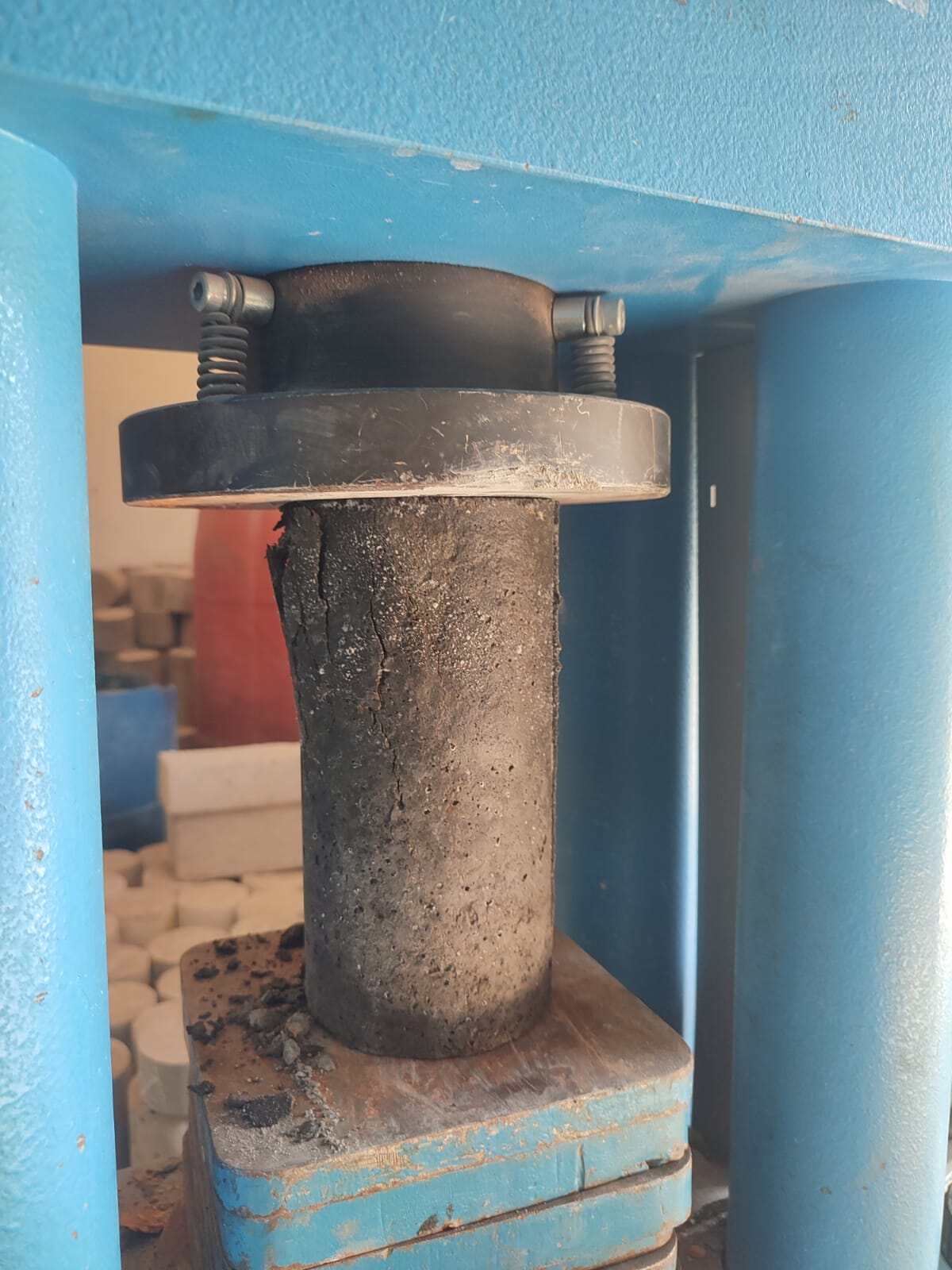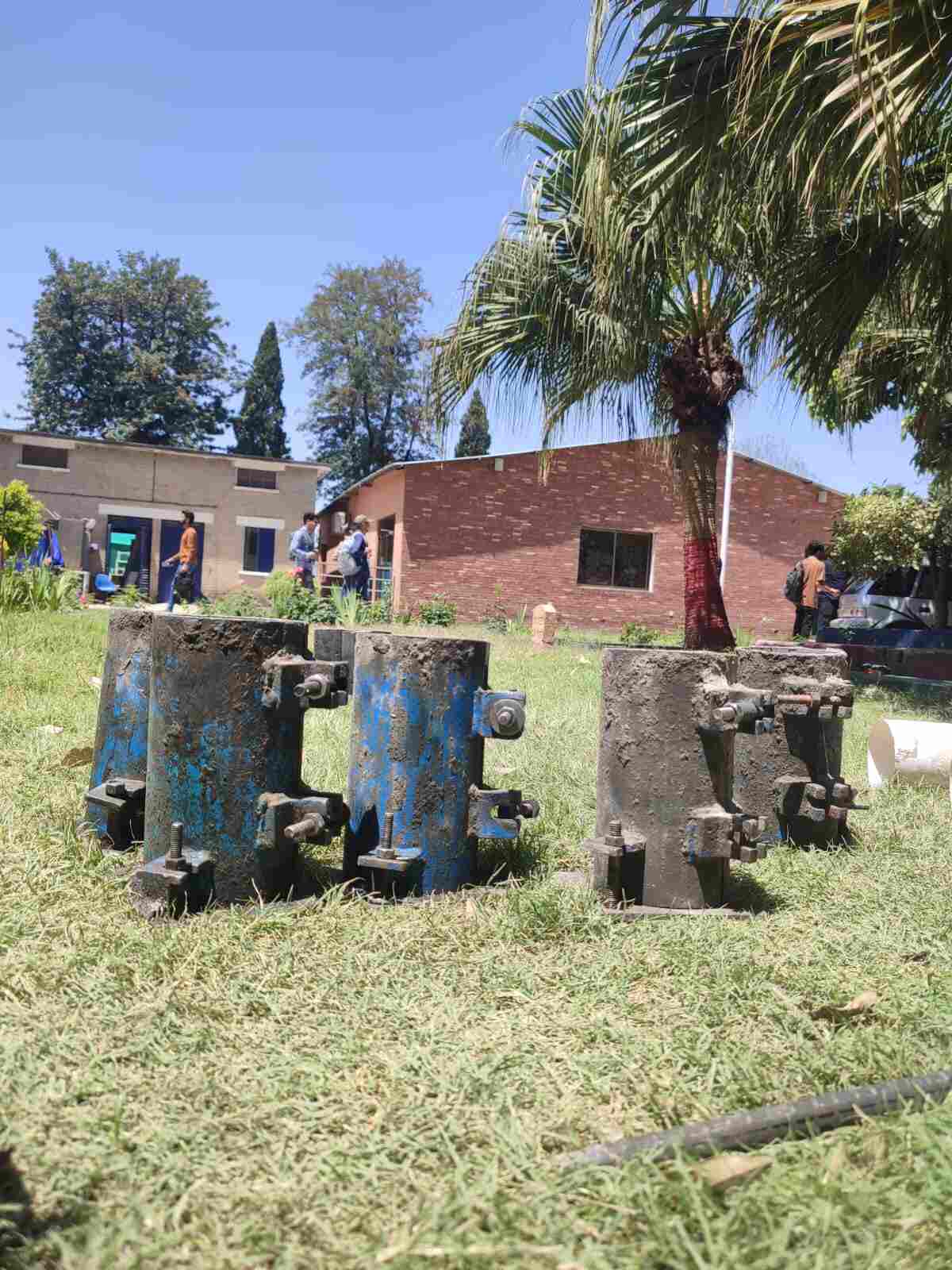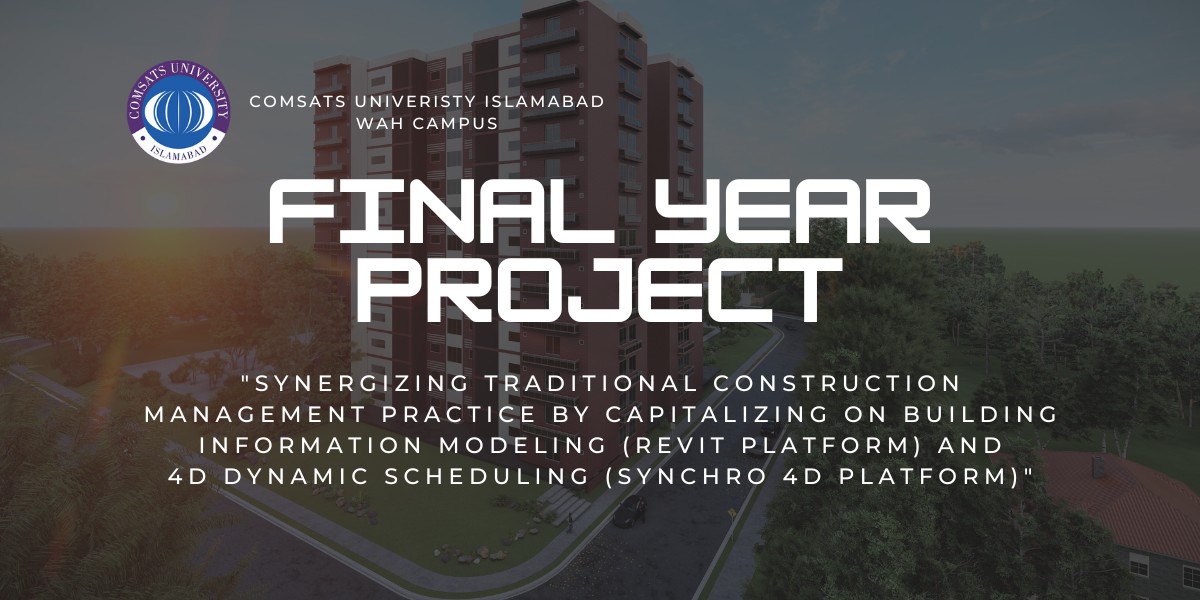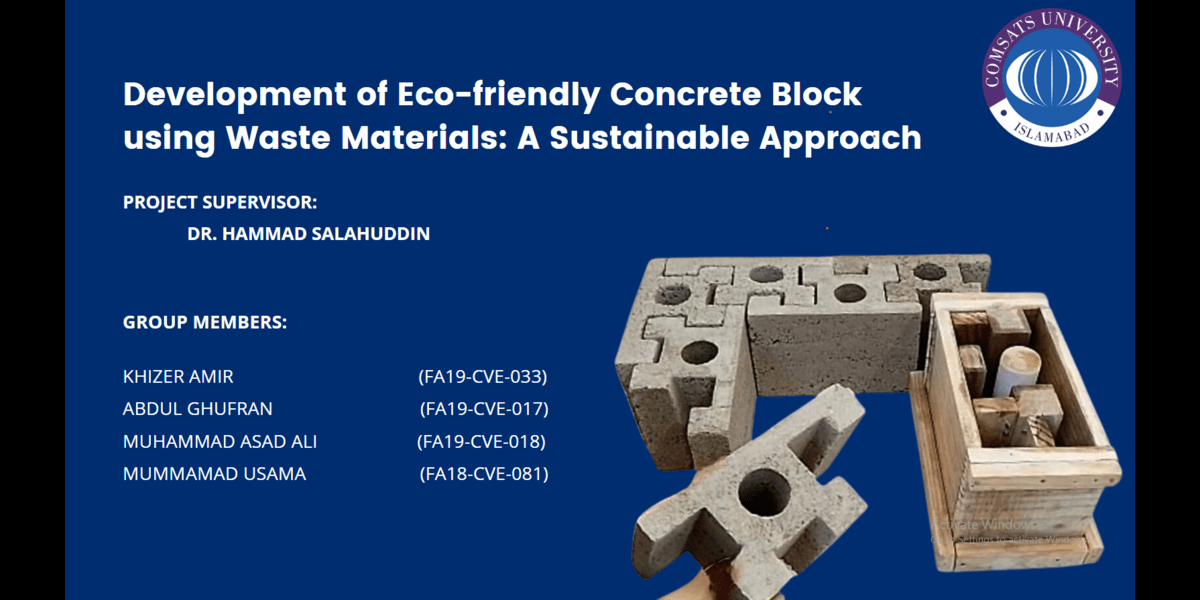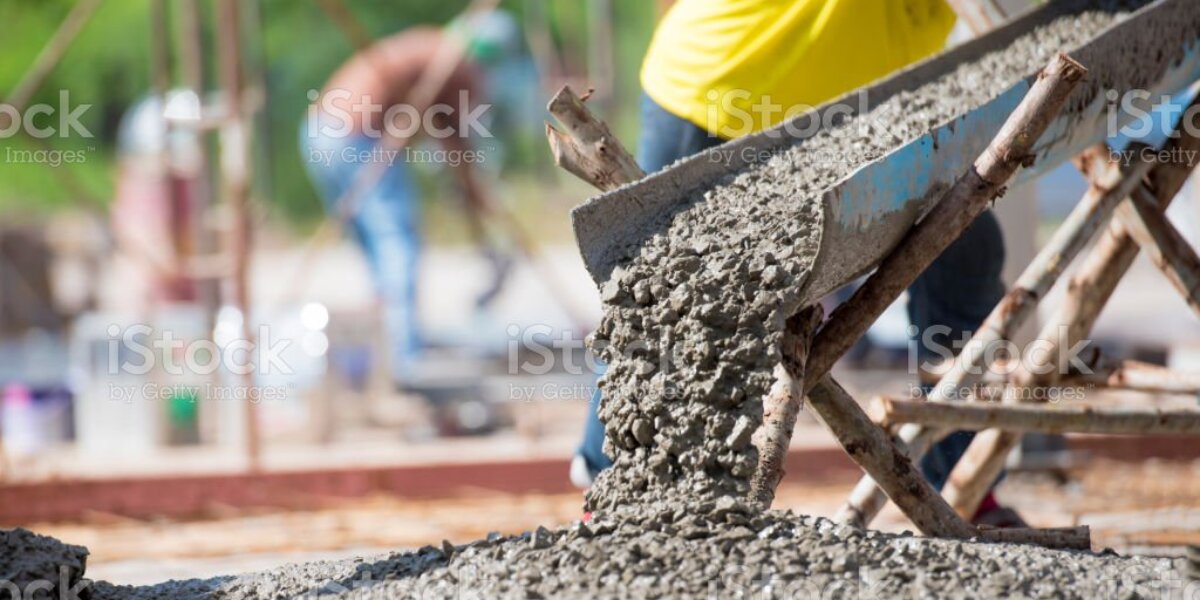It was a materials-oriented project that investigated the effects of using Fly Ash, Granite Powder, and Recycled Aggregates as a replacement in concrete. It included the testing of concrete specimens for strength and durability. The results were optimized using design expert software. The best ratios of replaced materials were used to manufacture the interlocking concrete block which was sustainable and cost effective.
Objectives
The main purpose of this project is to create environmentally friendly concrete blocks using waste materials i.e. Fly ash, Granite powder, and Recycled aggregate as a replacement of Cement, Sand and Aggregate respectively. The objectives are to reduce waste in the construction industry, develop cost-effective blocks, and ensure they are strong and durable.
Socio-Economic Benefit
These Fly Ash, Granite Powder and Recycled Aggregate, the construction waste products, must be used in the construction industry to achieve sustainability. It will not only reduce their environmental impact but will also relieve already overstressed natural resources. It will also reduce air, water, and land pollution. Moreover, using waste products as a replacement for natural resources will result in a reduction in the cost of concrete per m3. The labor cost of interlocking blocks will be less as minimum time is required for setting them.
Methodologies
Literature Review:
• Reviewed relevant literature and research studies on the use of waste materials in interlocking concrete blocks.
• Gathered information on the availability and properties of waste materials such as fly ash, granite powder, and recycled aggregate.
• Analyzed previous studies on the strength, durability, and environmental impact of interlocking concrete blocks.
Material Collection and Characterization:
• Collected samples of waste materials, including fly ash, granite powder, and recycled aggregate, from local construction sites and suppliers.
• Characterized the collected materials through laboratory testing to determine their physical, chemical, and mechanical properties.
• Evaluated the suitability of these materials for use in interlocking concrete blocks based on established criteria and standards.
Production and Testing:
• Designed a suitable mix proportion for interlocking concrete blocks, incorporating the waste materials in 9 different ratios.
• Prepared a series of interlocking concrete block specimens using the developed mix design and standard block molds.
• Conducted comprehensive testing on the produced blocks, including compressive strength, flexural strength and water absorption.
• Compared the test results with relevant standards and evaluated the performance of the blocks in terms of strength and durability.
Cost Analysis:
• Conducted a detailed cost analysis to assess the economic feasibility of using waste materials in interlocking concrete blocks.
• Considered the cost of acquiring waste materials, processing them, and producing the blocks.
• Compared the overall cost of interlocking concrete blocks with traditional block production methods, taking into account the potential savings achieved by utilizing waste materials.
Data Analysis and Conclusion:
• Analyzed the collected data from material characterization, block testing, cost analysis, and environmental impact assessment.
• Drew conclusions regarding the feasibility, strength, cost-effectiveness, and environmental benefits of using waste materials in interlocking concrete blocks.
• Discussed the implications of the findings and identified potential areas for further research or improvement.
Outcome
• The strength of Interlocking Concrete Block is comparable to that of generic block.
• Interlocking block is effective in sense that it reduces time to place, its cost effective and reduces negative environmental impact.
• The outcomes obtained from this project helped to reduce waste from environment.
• Interlocking Block has Efficient working mechanism.
• It replaces the bricks which produces carbon when baked, hence reduces carbon footprints

